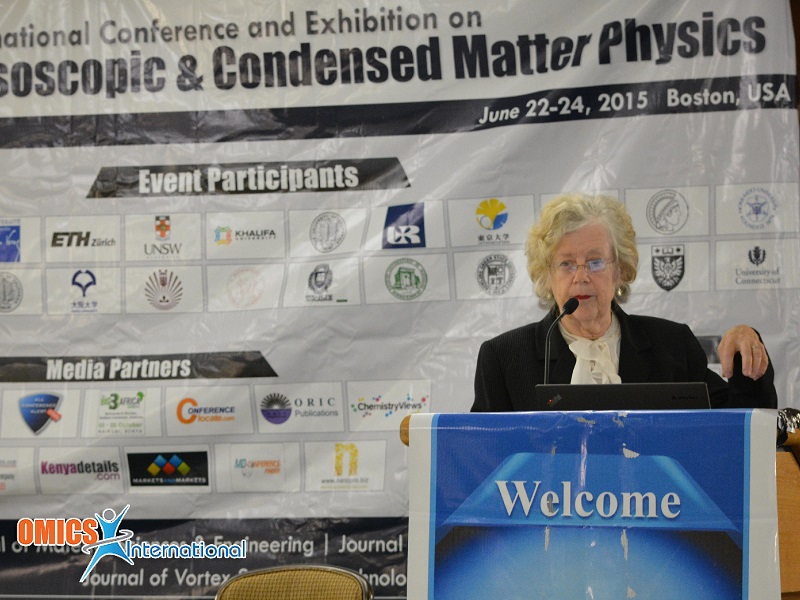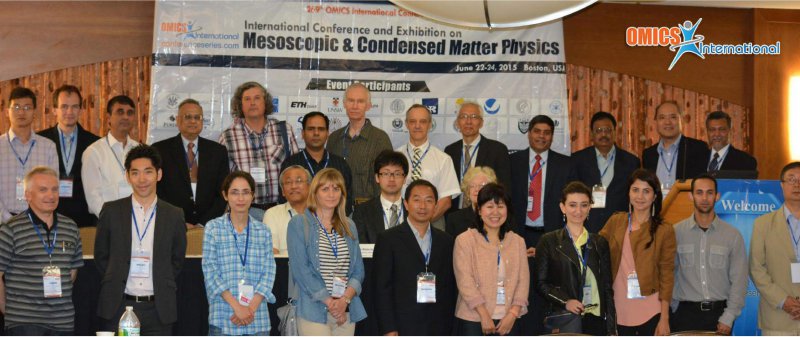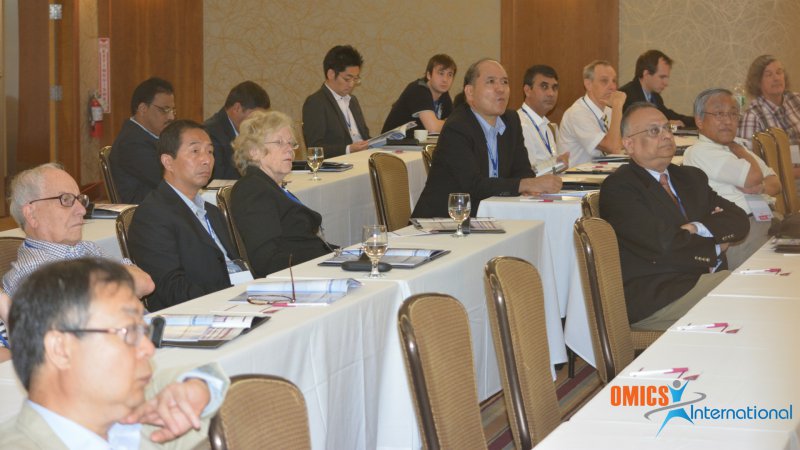
Biography
Biography: Carol Heckman
Abstract
Cells are attached to their substrate by Focal Contacts (FCs) containing the hetero dimeric transmembrane protein, integrin, which signals through networks of other proteins including Rho-family GTPases and their accessory proteins. Integrins link molecules from the substrate to various adaptors, talin, etc., which bind to actin. Whereas, integrin binding at the exterior signals “downstream” its binding affinity to the substrate can also be altered by regulatory complexes inside the cell.We developed methods of unbiased classification of cell features, which help in understanding “inside-out signaling”. Protrusions were identified by latent factor analysis as factors #4, #5, #7 and #16.FCs in factor #7 protrusions were restricted in their dimensions, indicating qualitative differences in FCdynamics or composition.We discovered that the Cdc42 GTPasehas a role in differentiating the more adhesive side of a cell specifically through factor #4 features.This indicates that cells both sense and respond to their environment through at least the #4 protrusive features. To identify protein-protein interactions that are critical to regulating each protrusion, we use blocking peptides representing the docking sites of candidate regulatory proteins. Two GTPase-binding proteins, the actin-microtubule cross linking IQ-domain protein, IQGAP, and the Cdc42-activated kinase, ACK, were implicated in factor 4 regulation. Likewise the target of phorbol esters, protein kinase C, regulates 4. Recent data suggest that factor #4 protrusions can be affected by proteins that regulate integrin itself and clathrin-mediated endocytosis. Thus, the dynamic, but detectable domains of cells may be established and maintained by differences in FC composition or dynamics.



